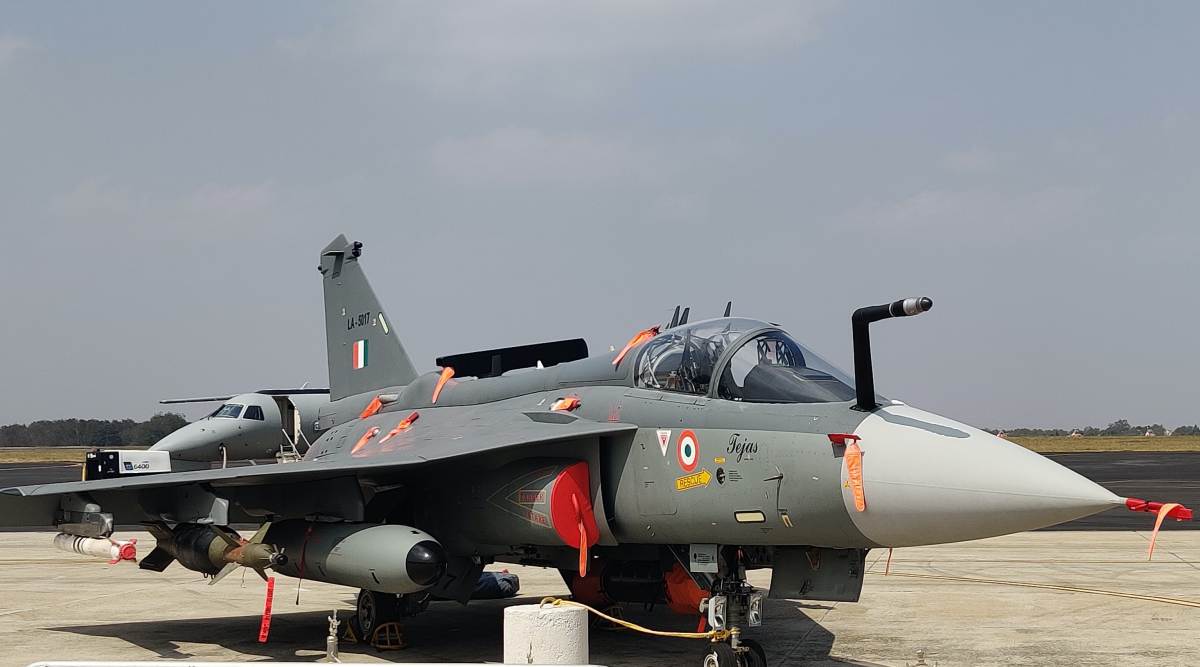- Views: 3K
- Replies: 19

Hindustan Aeronautics Limited (HAL) has confirmed that achieving its target of 70% indigenous content for the Tejas Mk1A light combat aircraft is proving to be more difficult than initially anticipated. Despite ongoing efforts, the current level of indigenous components stands at 65%.
The primary hurdle lies in the continued reliance on imported Line Replaceable Units (LRUs). These essential components are still under development within India, and the time required for their domestic production is expected to delay the production timeline of the Tejas Mk1A. This delay underscores the complexities involved in achieving complete self-reliance in advanced fighter jet manufacturing.
However, the outlook for the Tejas MkII is considerably more optimistic. With production set to commence at a higher baseline of 75% indigenous content, there's a strong possibility of this figure reaching 80% over time. This positive projection reflects India's growing expertise and capabilities in defence manufacturing.
The contrasting situations with the Tejas Mk1A and MkII exemplify the ongoing journey towards self-sufficiency in the Indian aerospace industry. While challenges persist, the Tejas program marks a significant milestone, paving the way for a future where India can produce more advanced and domestically sourced fighter jets.
